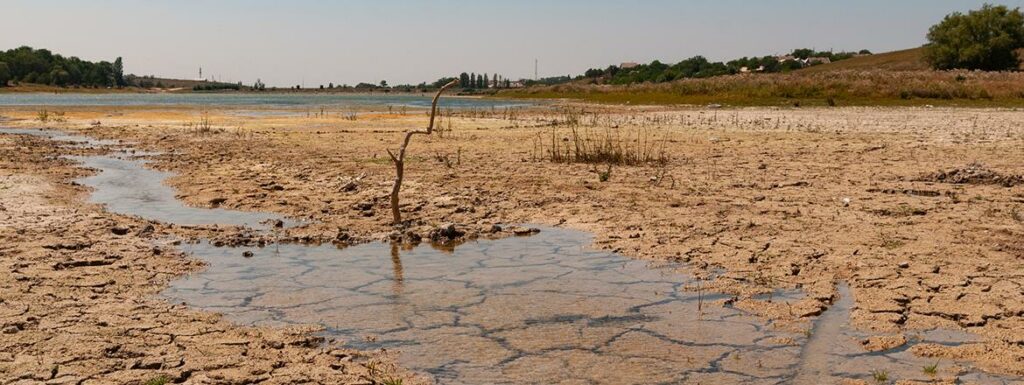From CO2Science: [An] article by Kench et al. (2018) was published in the journal Nature Communications and examined patterns of island change in Tuvalu since 1971. As many of you may know, this South Pacific nation has long been held by climate alarmists as a poster child of concern over projected impacts of climate change. Specifically, there have been countless assertions that Tuvalu’s citizens will become the first “climate refugees,” forced to relocate because of rising sea levels caused by anthropogenic global warming, which rising seas they claim will soon contaminate groundwater and inundate (and eventually wash away) most – if not all – of the dozens of atoll islands making up this Polynesian State. The observed rate of local sea level rise, which has been approximately twice the global average over the past four decades, is often cited as “proof” of the aforementioned fate and has led government leaders to seek climate reparations from the global community to help transition its inhabitants to alternative islands. However, the work of Kench et al. reveals quite clearly that the alarmist thesis that rising sea levels are presently eroding away Tuvalu’s islands is far from correct. In fact, Tuvalu’s residents will likely be able to inhabit their locales for decades to centuries to come.
Paper reviewed: Kench, P.S., Ford, M.R. and Owen, S.D. 2018. Patterns of island change and persistence offer alternate adaptation pathways for atoll nations. Nature Communications 9: 605, DOI: 10.1038/s41467-018-02954-1.
In describing their study the three New Zealand researchers say they conducted “the first comprehensive national-scale analysis of the transformation in physical land resources of the Pacific atoll nation [of] Tuvalu,” which comprises “9 atolls and 101 individual reef islands.” For each of these islands, Kench et al. utilized four decades of historical aerial photographs in combination with satellite imagery to analyze island shoreline change over 43 years (1971-2014), during which time they note “local sea level has risen at twice the global average.”
So what were the key findings of their investigation?
The results of the study revealed that 73 out of the 101 islands experienced a net increase in area (see Figure 1), totaling 80.7 ha (ranging from <1 to 113% growth) over the 43-year period. In contrast, 28 islands experienced area declines (totaling -7.24 ha). Consequently, in the words of Kench et al., overall there was “a net increase in land area in Tuvalu of 73.5 ha (2.9%), despite sea level rise, and land area increase in eight of nine atolls.”
In commenting on these observations, the authors say they “challenge perceptions of island loss, showing islands are dynamic features that will persist as sites of habitation over the next century.” And that really is a nice way of acknowledging the ridiculousness of climate alarmist portrayals of Tuvalu -- its islands are not drowning from an inhospitable rise in sea levels and its inhabitants are in no danger of becoming climate refugees.

Figure 1. Panel (a): absolute change in island area in relation to island size of each of the 101 islands examined in Tuvalu’s nine atolls over the period 1971-2014. Square symbols denote reef platform islands, solid circles denote atoll rim islands and light blue circles enclosing symbols denote populated islands. Panel (b): Net rate (orange circles) and gross rate (red squares) of shoreline movement per decade aggregated at the atoll scale. Error bars represent minimum and maximum rates within each atoll. Adapted from Kench et al. (2018).


